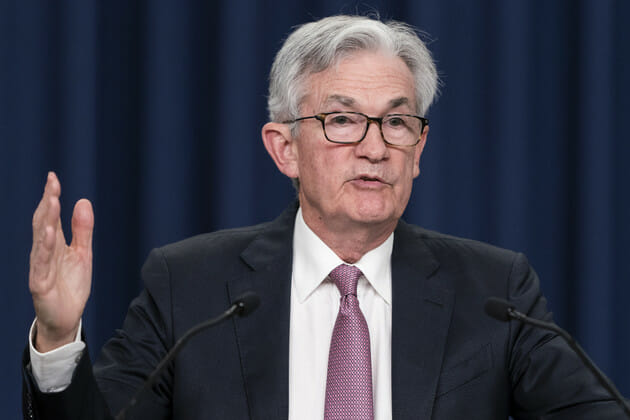Federal Reserve Chair Jerome Powell on Wednesday said it was time to slow the pace of coming interest rate hikes while also signaling a protracted economic adjustment to a world where borrowing costs will remain high, inflation comes down slowly and the United States remains chronically short of workers.
Powell gave a short-term message that sent markets soaring: The Fed was “slowing down” from the breakneck pace of three-quarter percentage point rate hikes that have prevailed since June, and would feel the way towards the peak interest rate needed to slow inflation to the Fed’s 2% target.
But he also outlined longer-term shifts that may be underway – in the supply of labour in particular – that could presage a long period of elevated interest rates and inflation that responds only slowly to the Fed’s restrictive policy. At the same time, he rejected the idea that the central bank was so intent on calming the highest inflation in 40 years that policymakers would “crash” the economy in that effort, insisting that a “soft or softish” landing remained possible, with inflation easing without a dramatic rise in unemployment.
“We wouldn’t…try to crash the economy and then clean up afterward,” Powell said, with policymakers hoping not to “overtighten…because we think that cutting rates is not something we want to do soon. That’s why we’re slowing down and going to try to find our way to what that right level is” that lowers inflation over time.
Combined the remarks showed the Fed grappling with some of the longer-term trends that were amplified by the pandemic, particularly the demographic drag that an aging population, COVID-era retirements, and weak immigration are having on the labour force.
Those won’t reverse soon, Powell was quoted as saying, acknowledging that a tight labour market will have to be brought into balance mostly by Fed actions that lower the demand for workers – either through a drop in job vacancies or, as some fear, a rise in unemployment.
“I think for now we have to assume,” that labor supply won’t rebound, Powell said. “We have to do what it takes to restore balance in the labour market to get back to 2% inflation…really just by slowing job growth rather than putting people out of work.”
Those sorts of structural concerns have been in the background of Fed debate since the early days of the pandemic, but are moving to the fore.
Concerns about global supply chains, for example, were considered fleeting at first, likely to pass and help fix high inflation as they did.
But progress has been slower than expected, with China in particular now undergoing successive lockdowns that have made it a less secure source of goods, and U.S. labor force participation still depressed.









